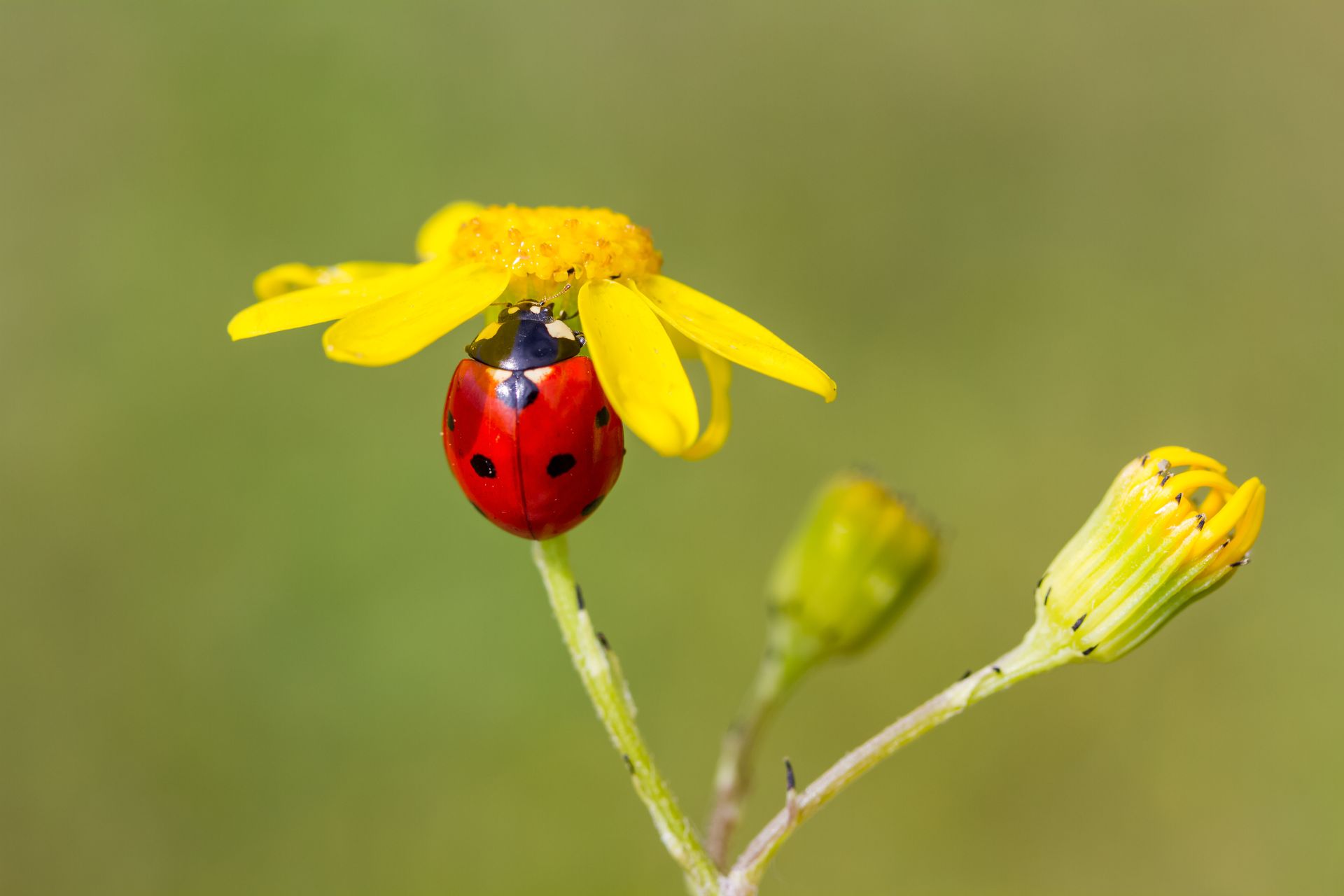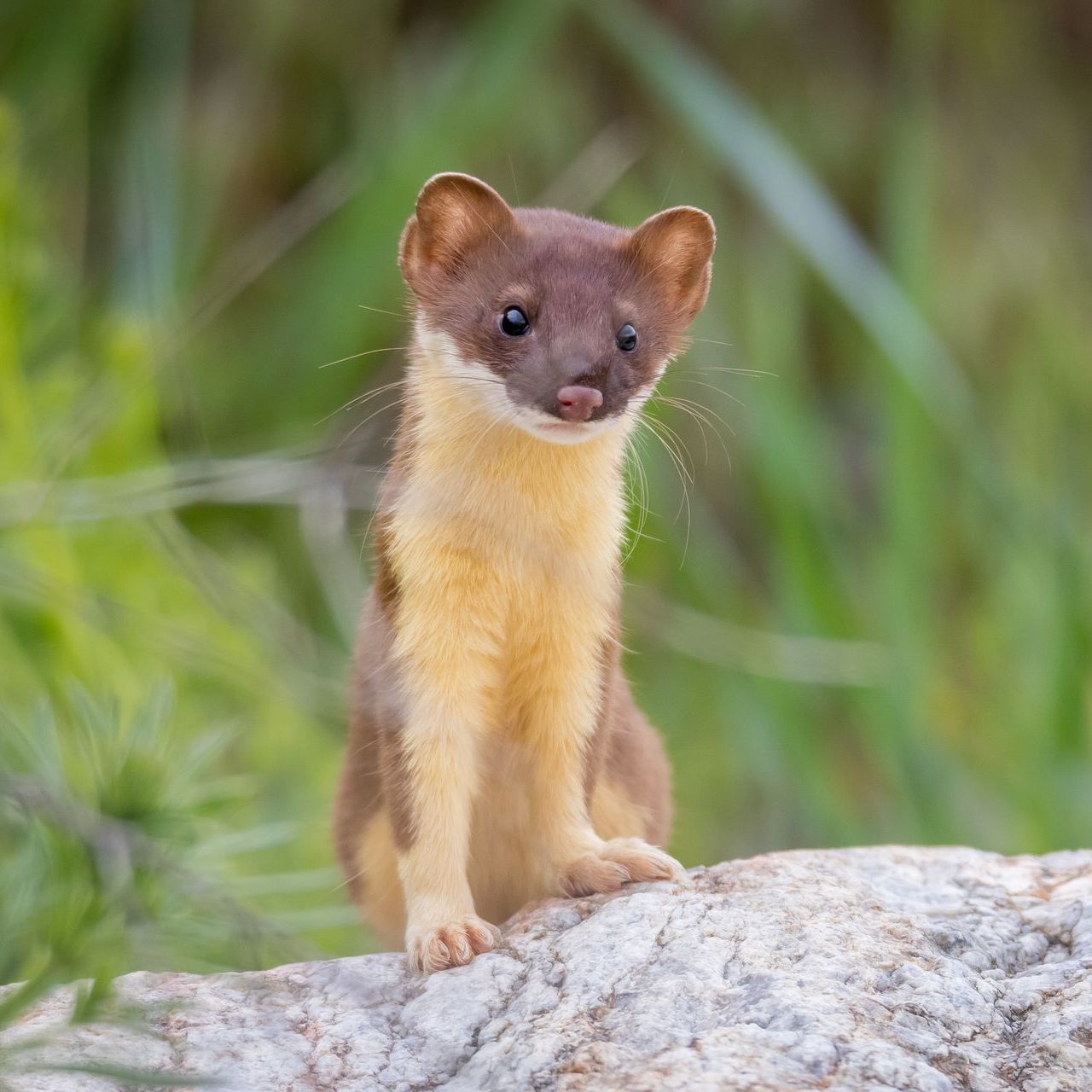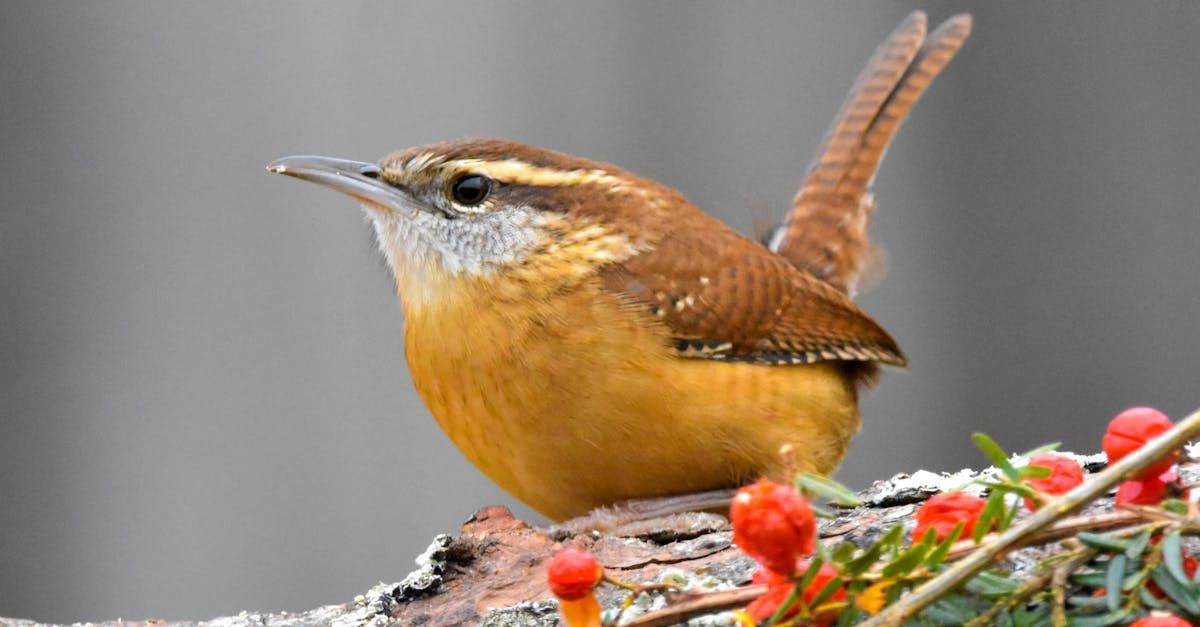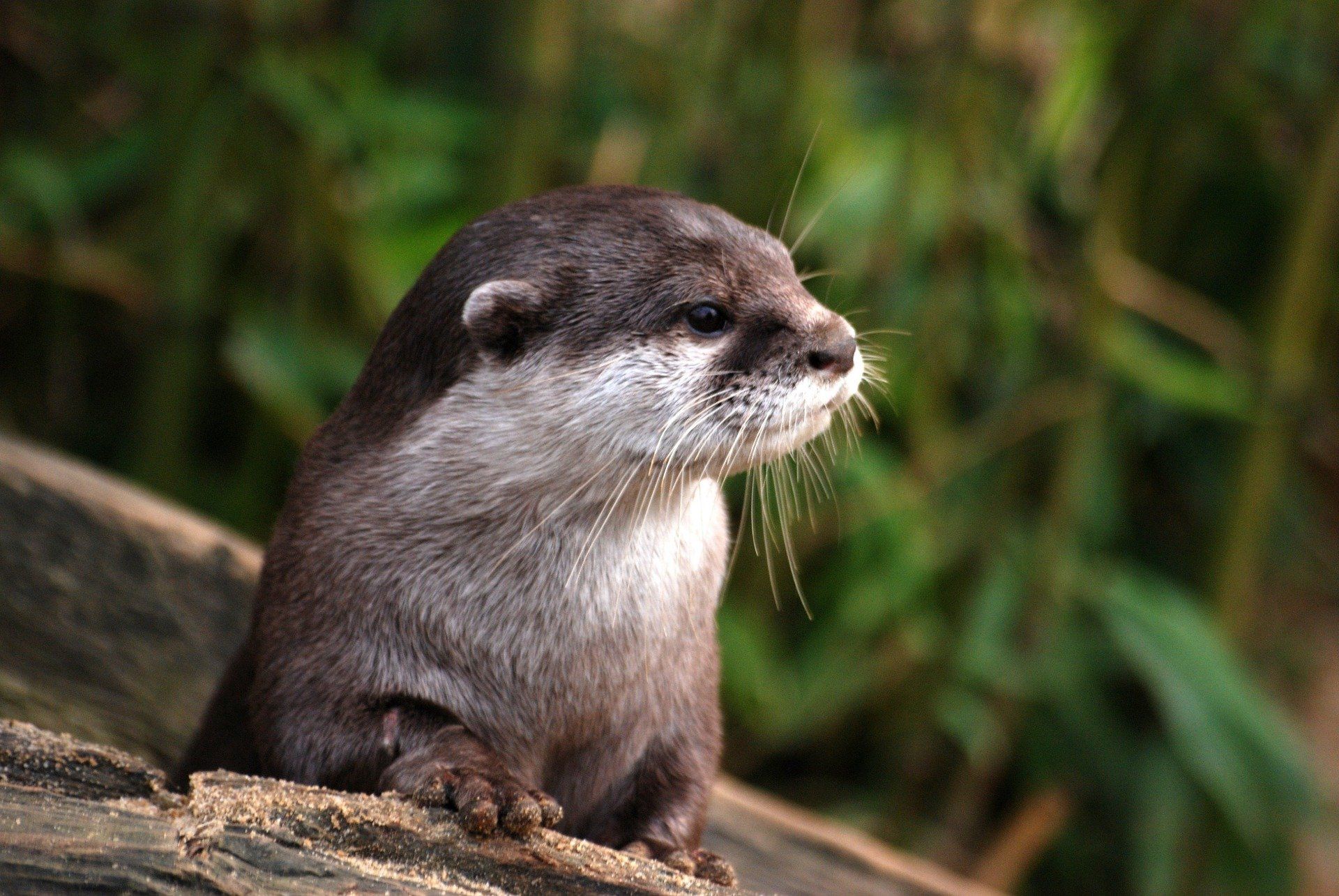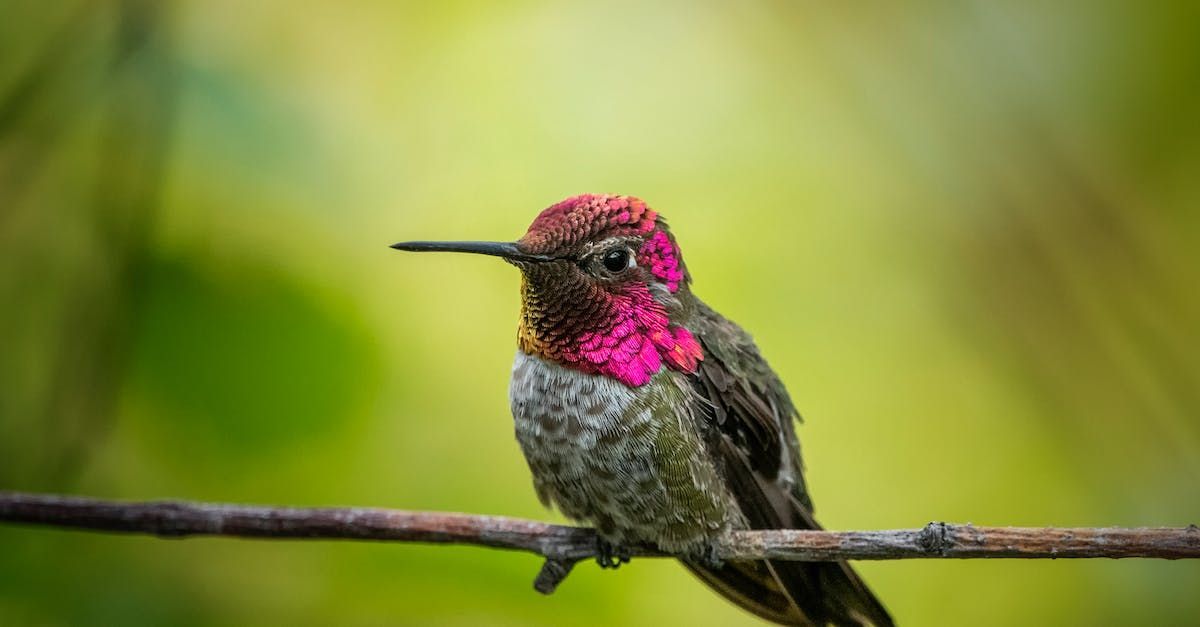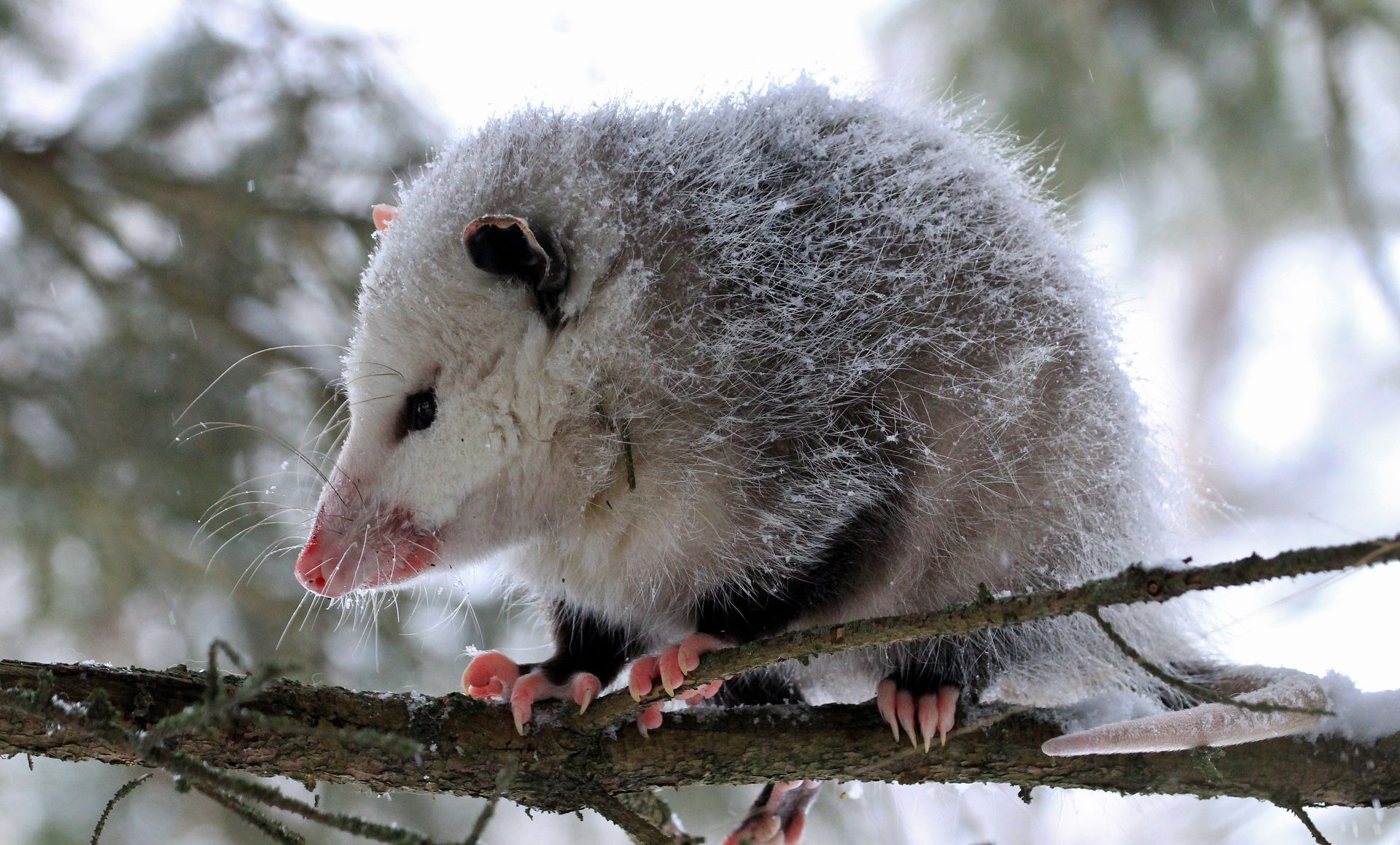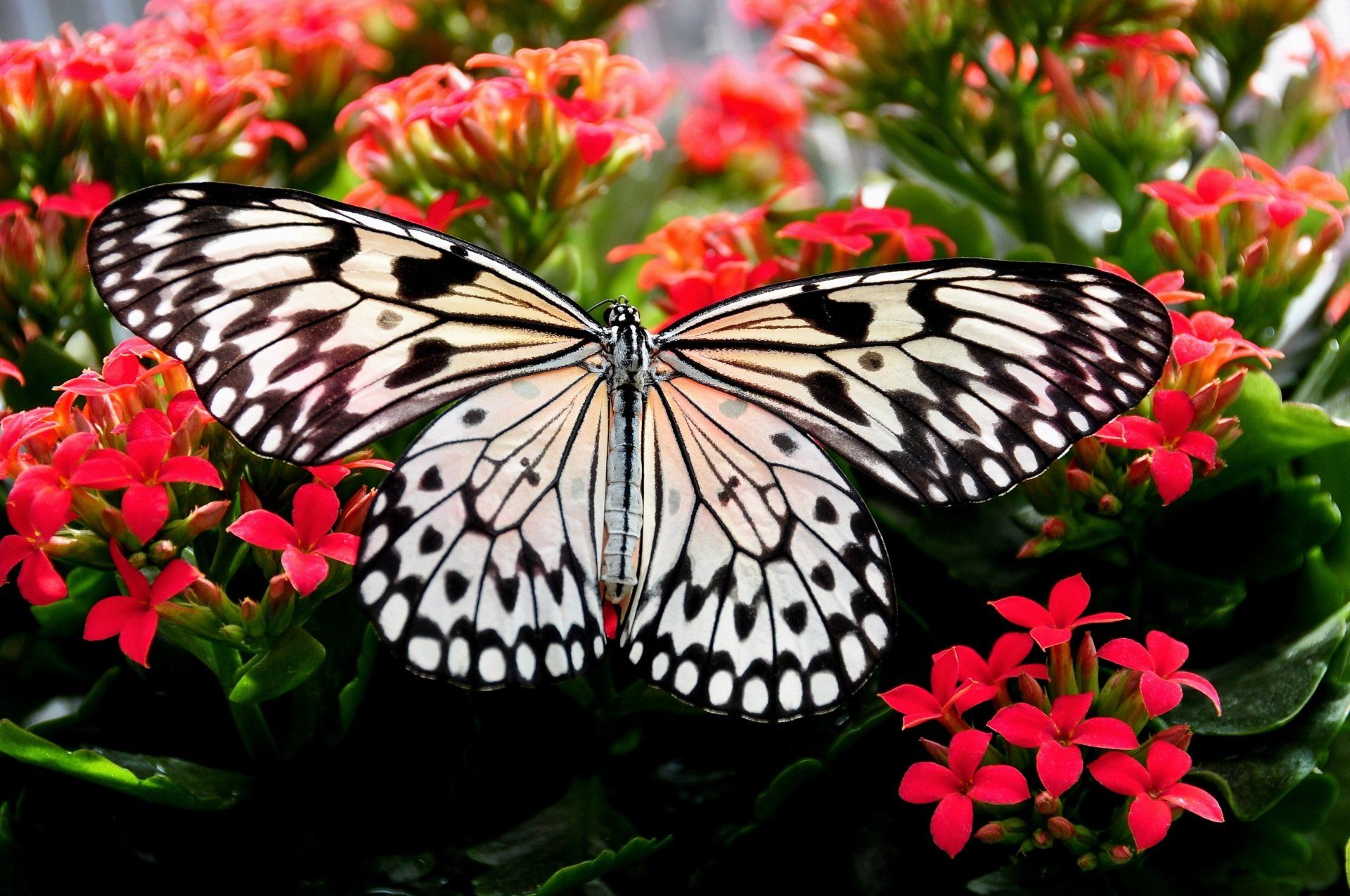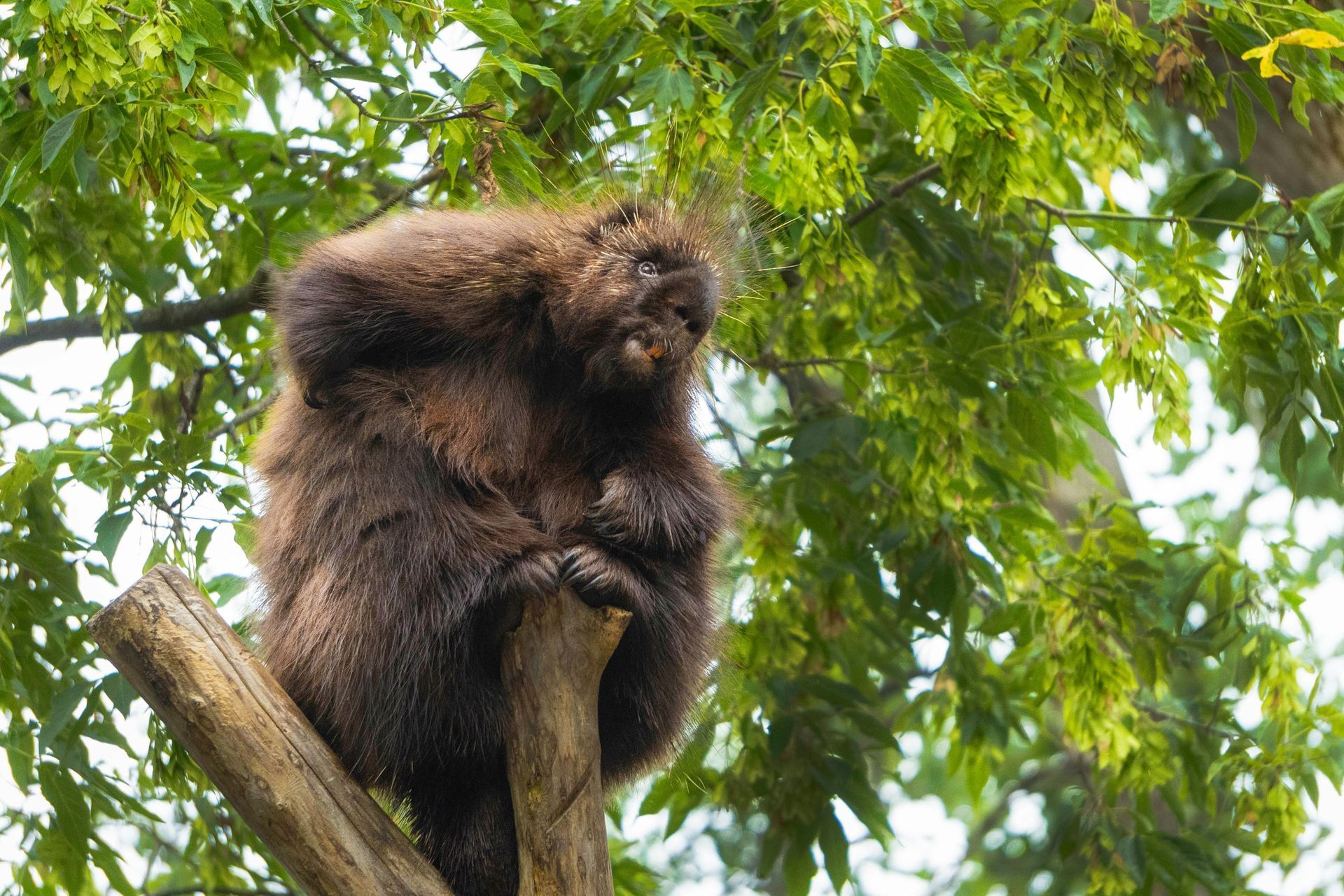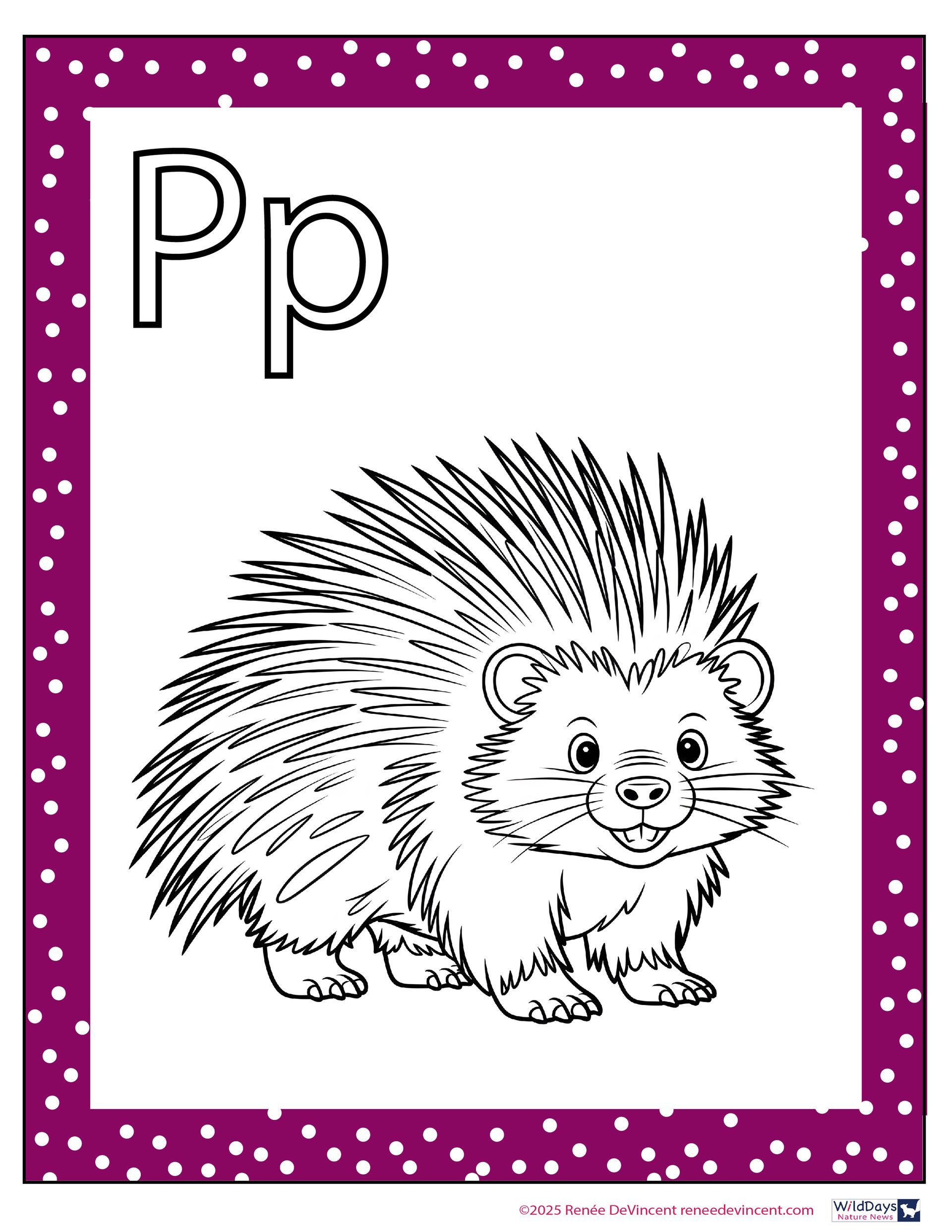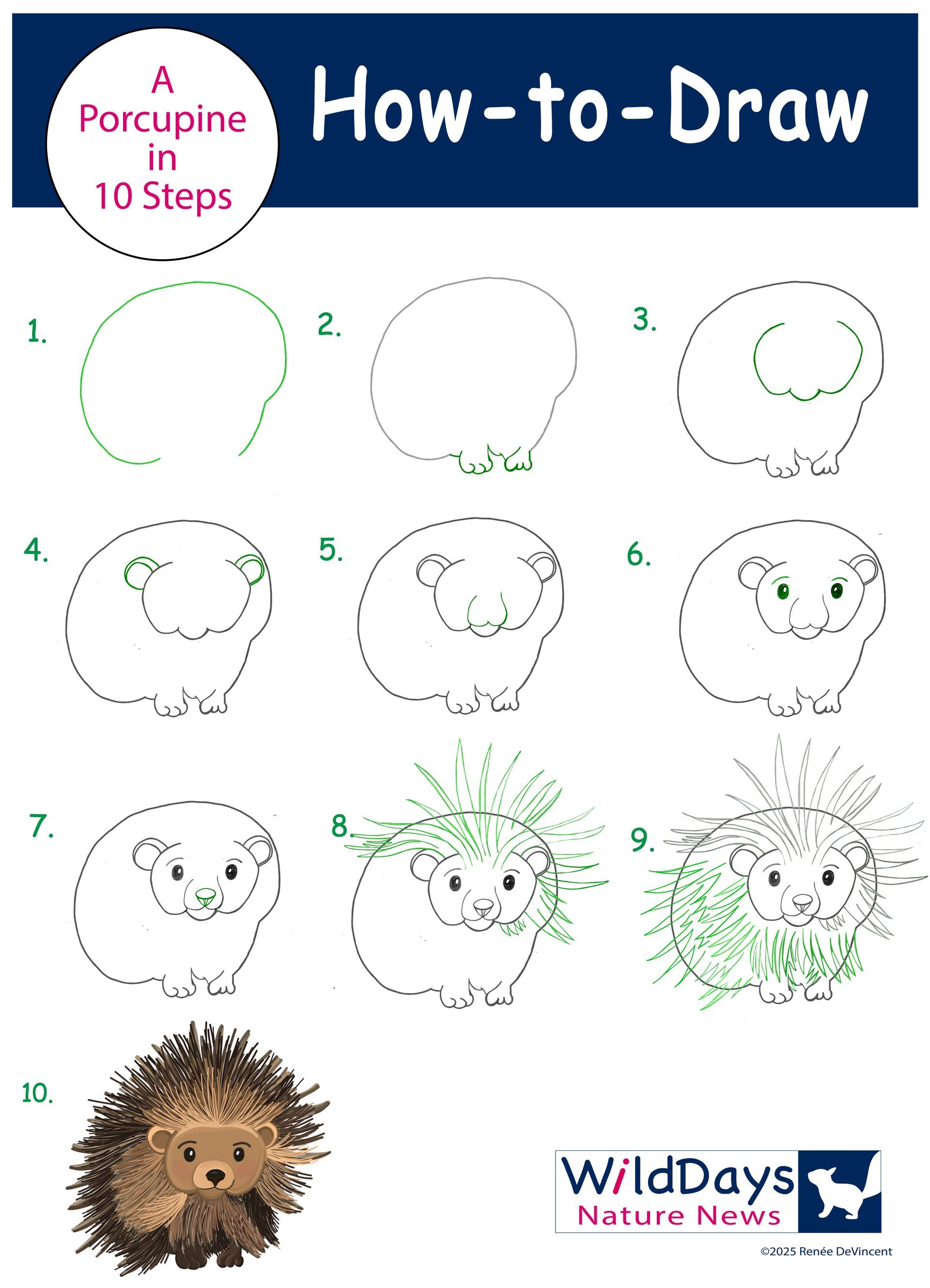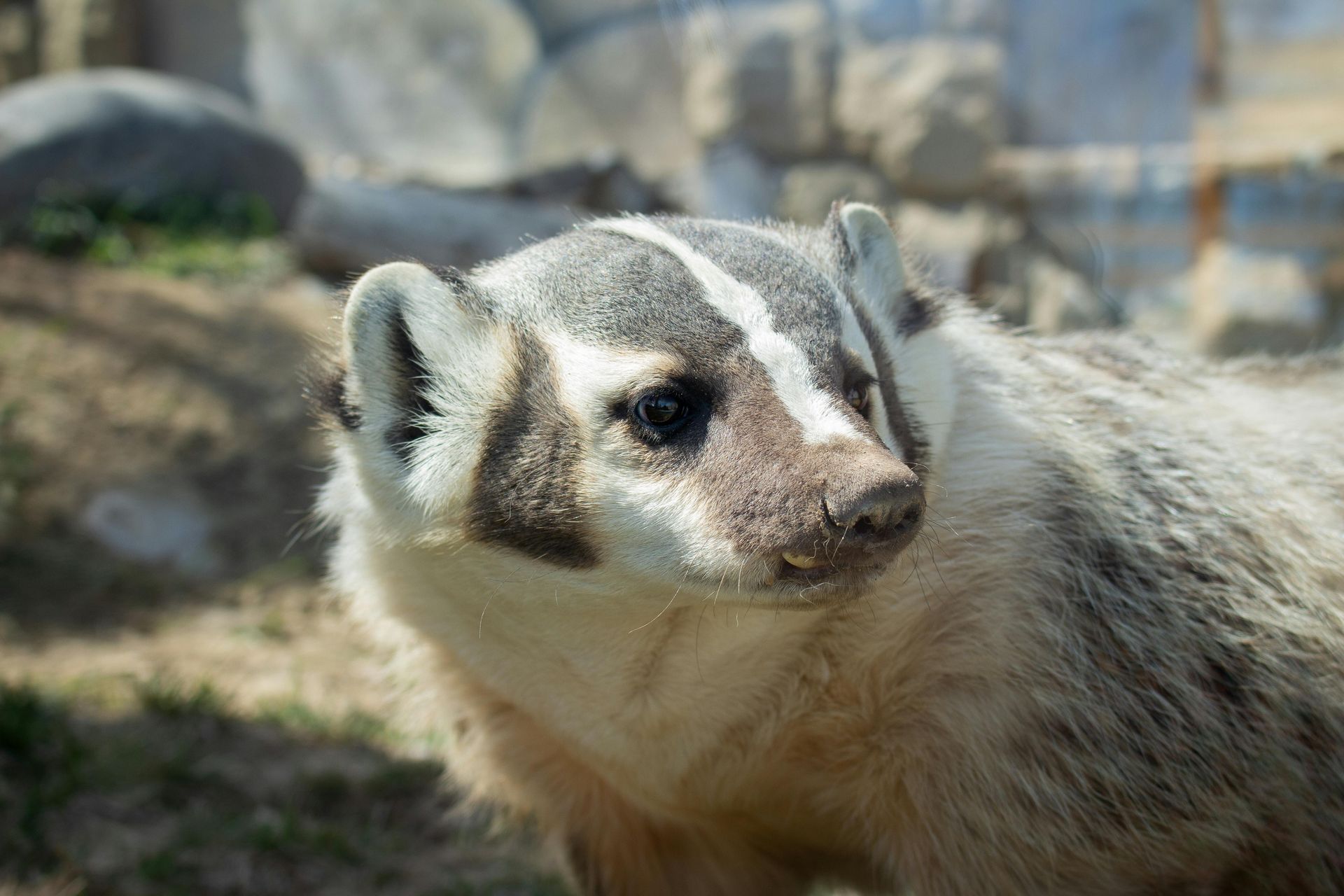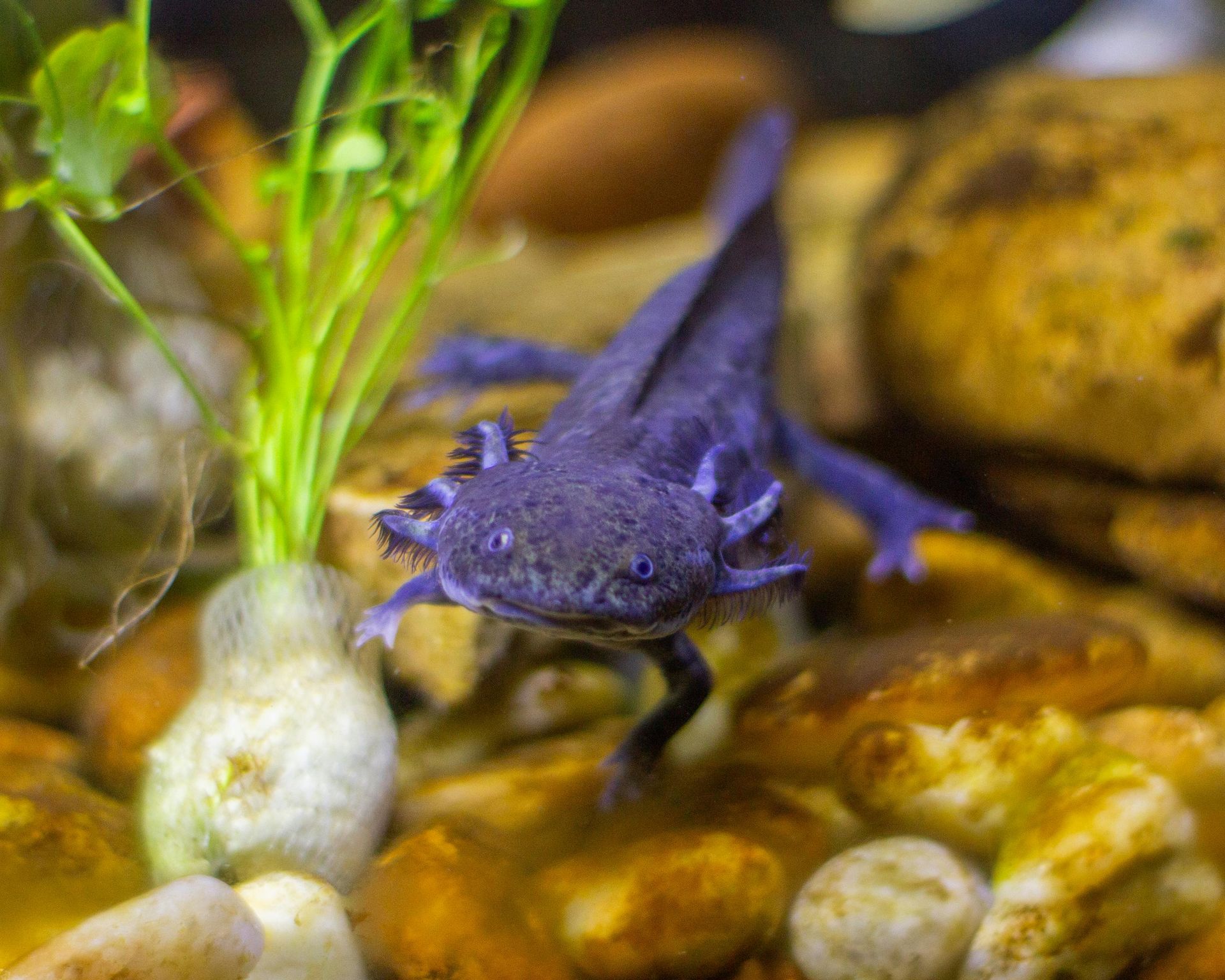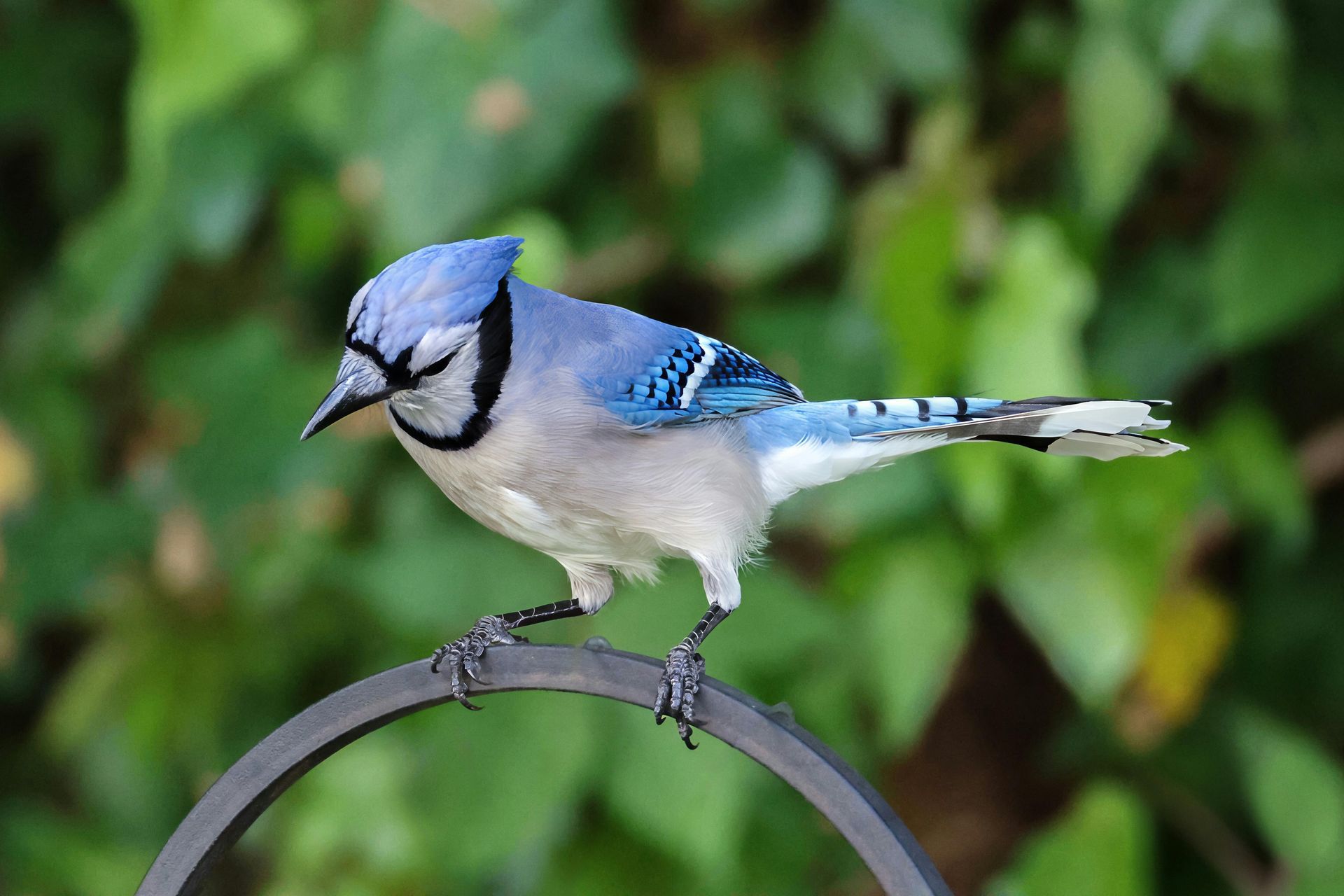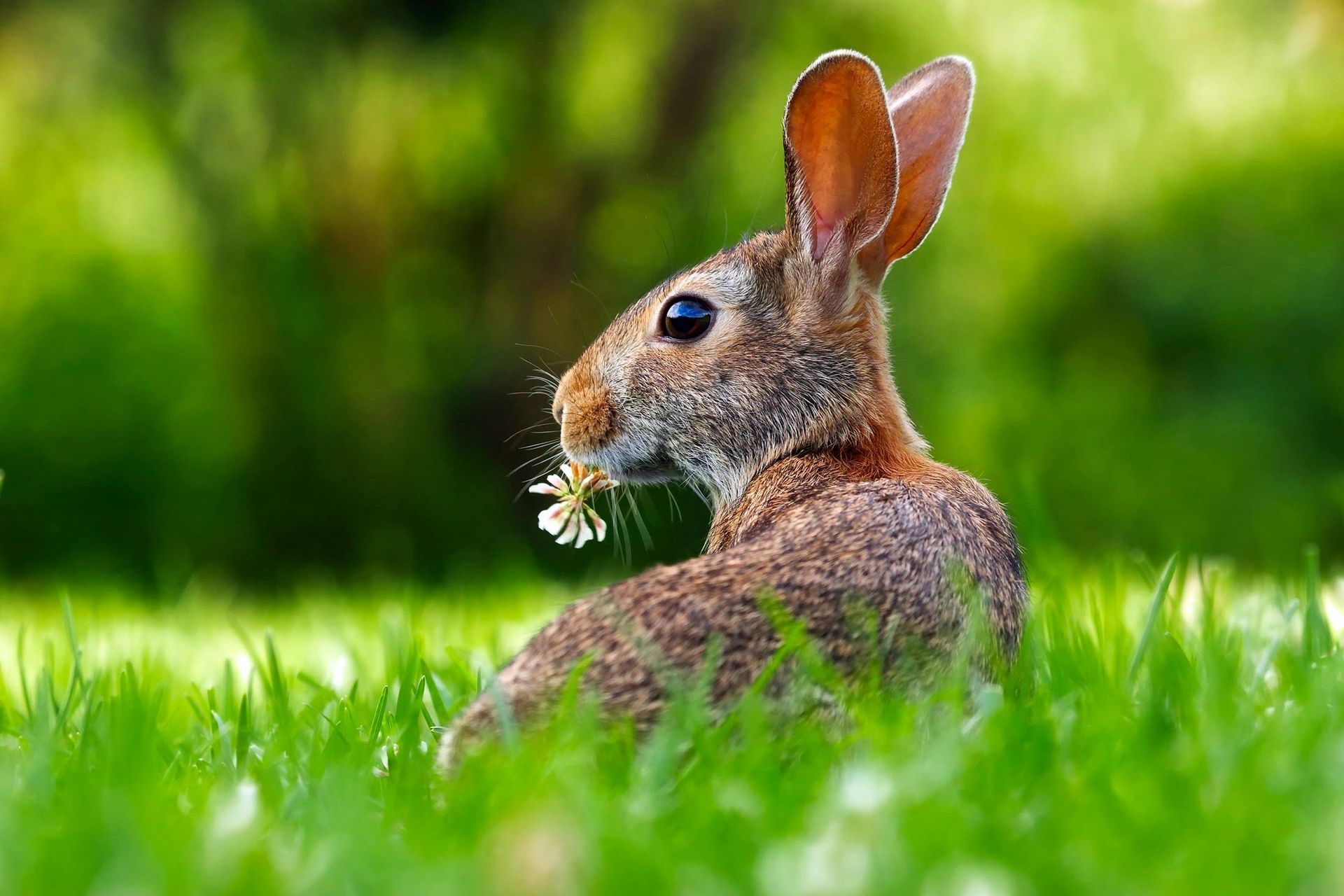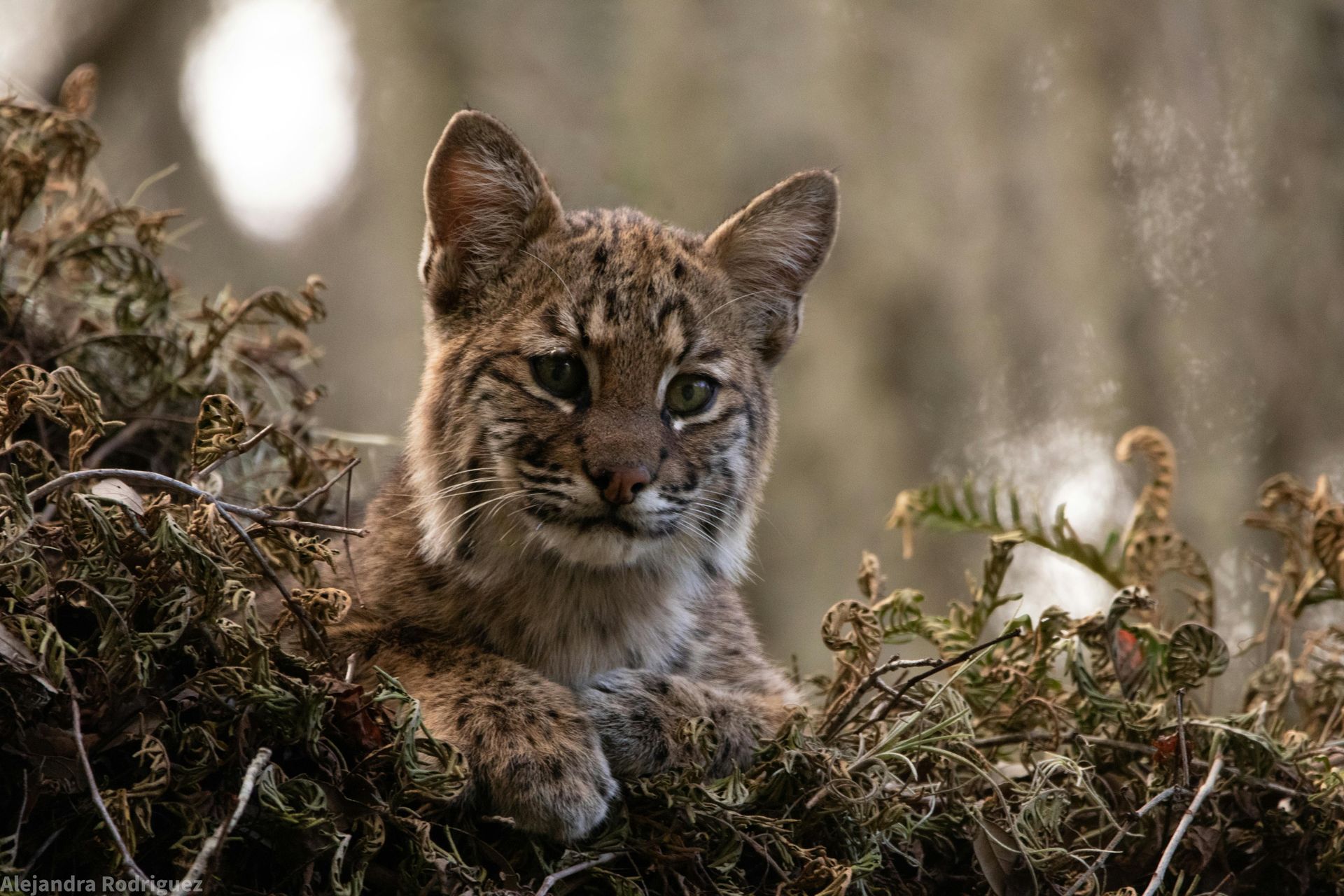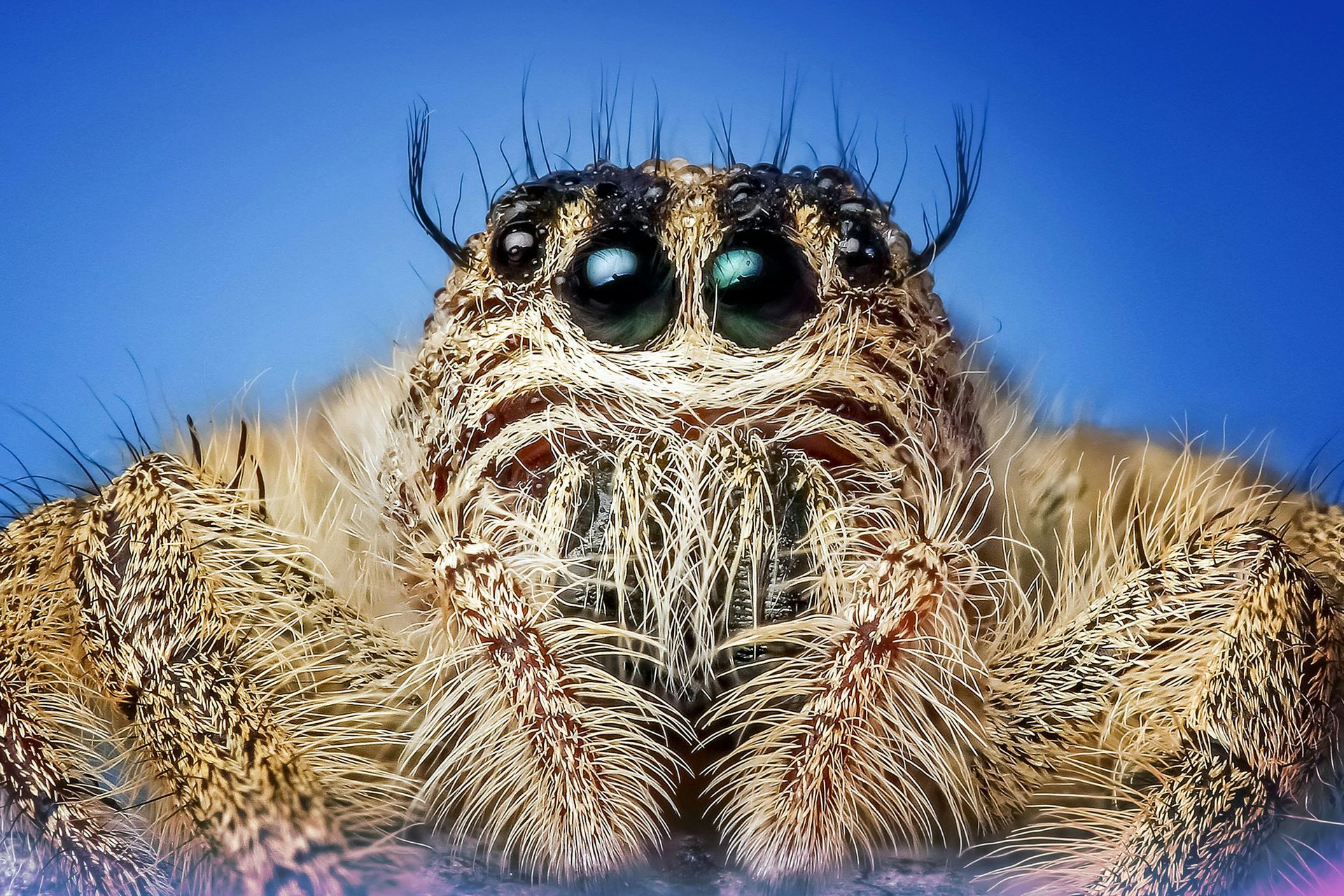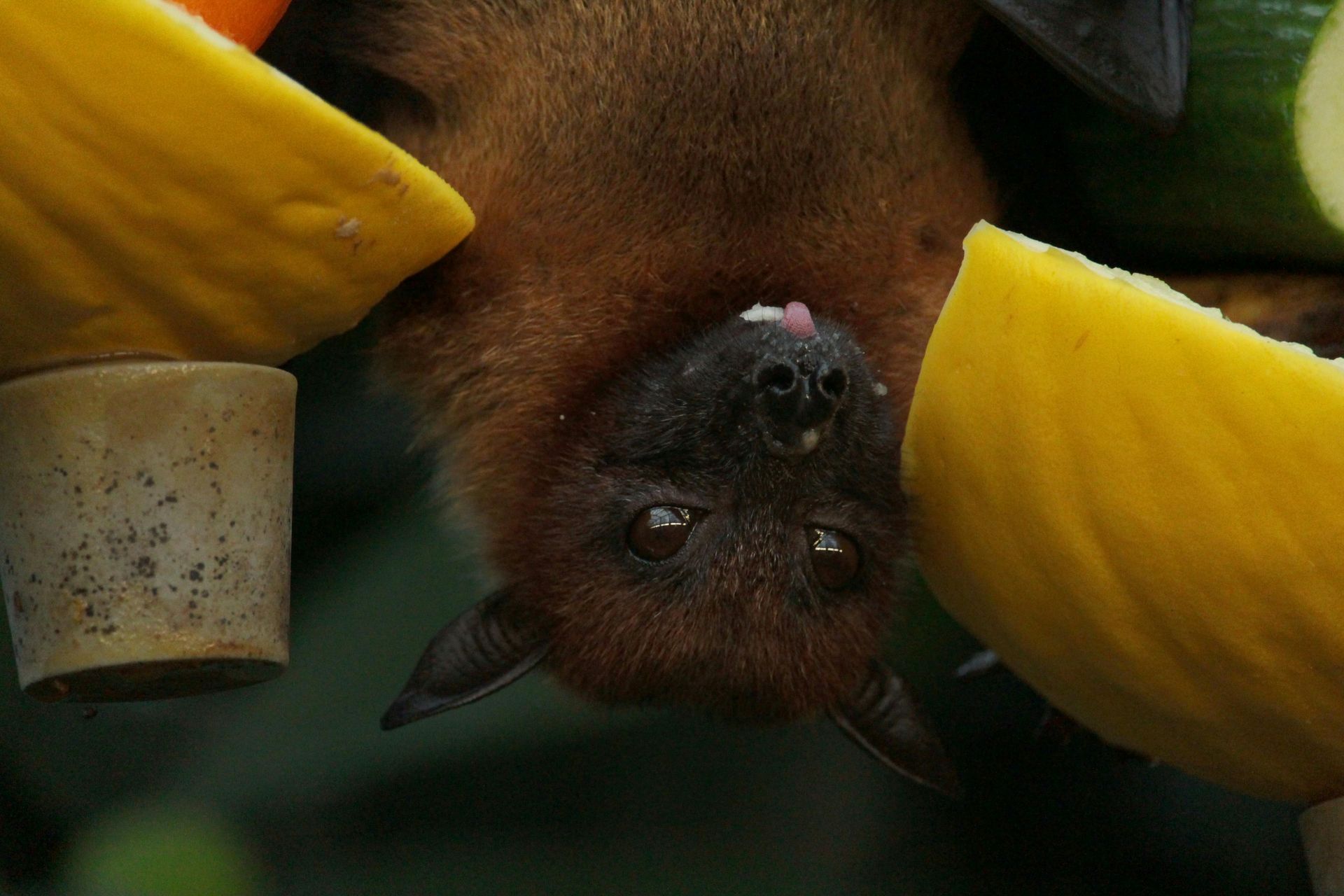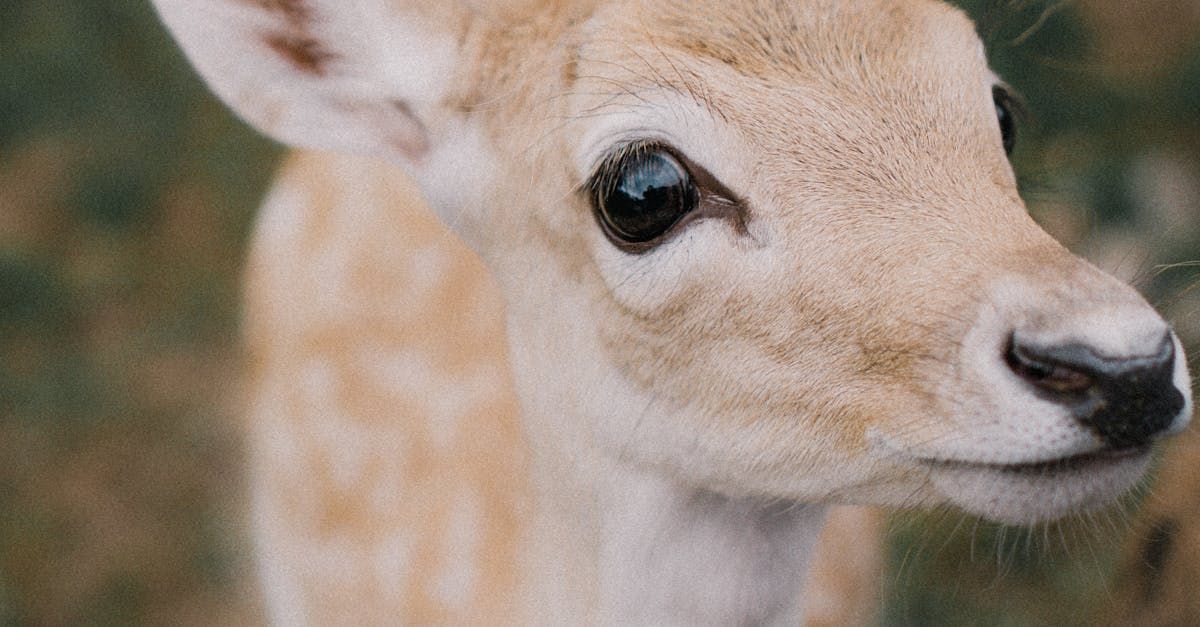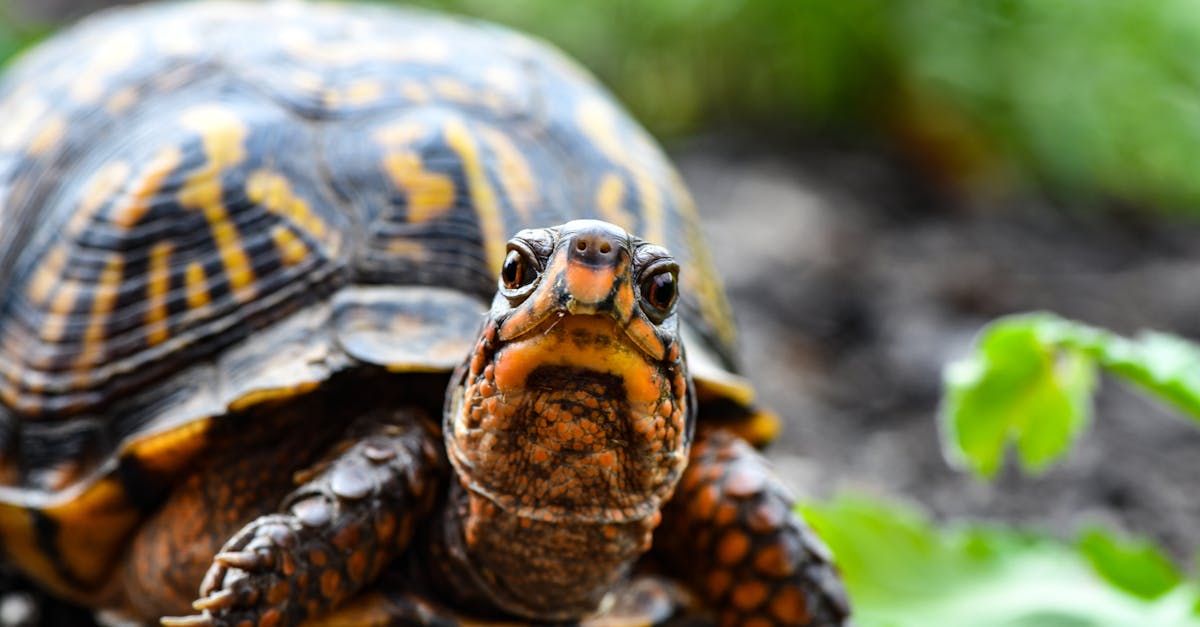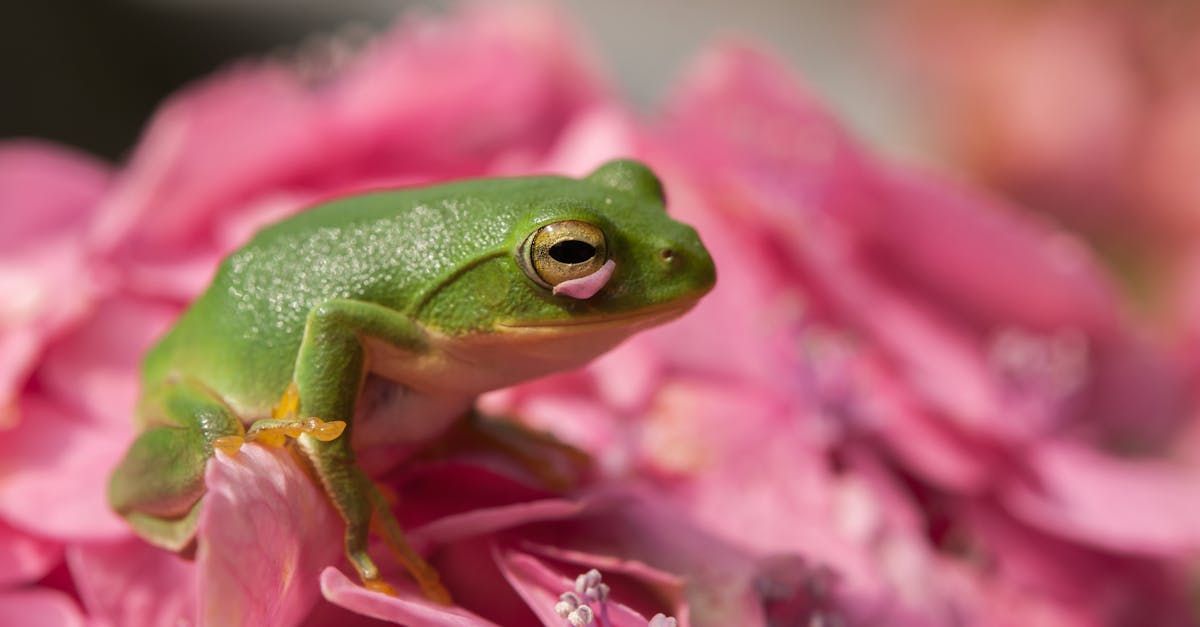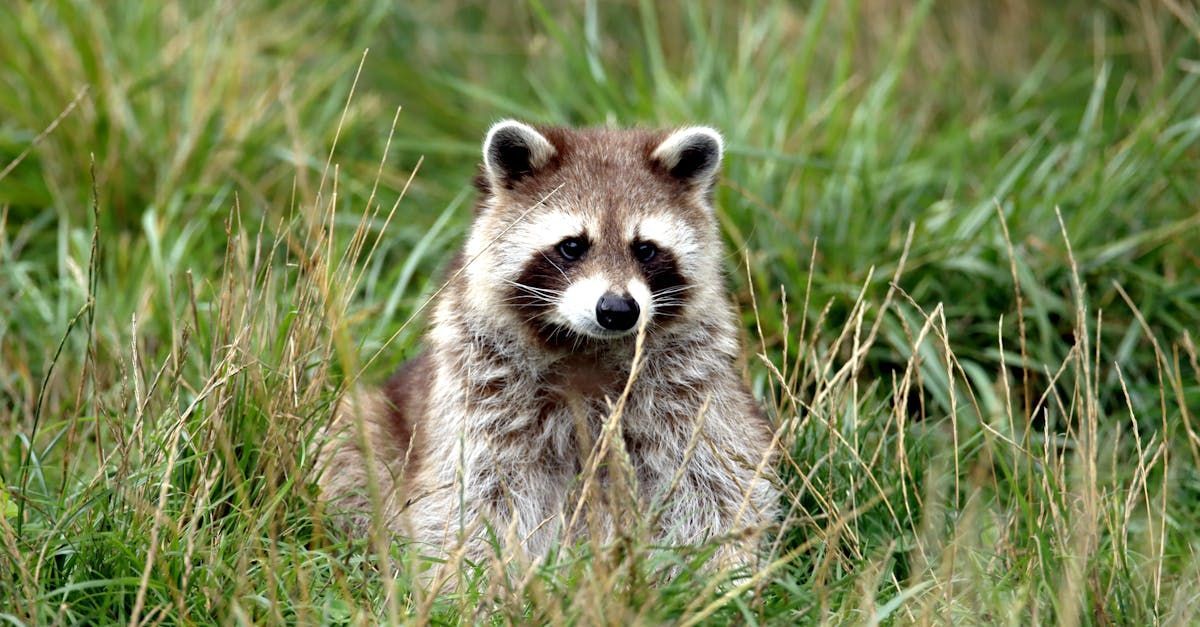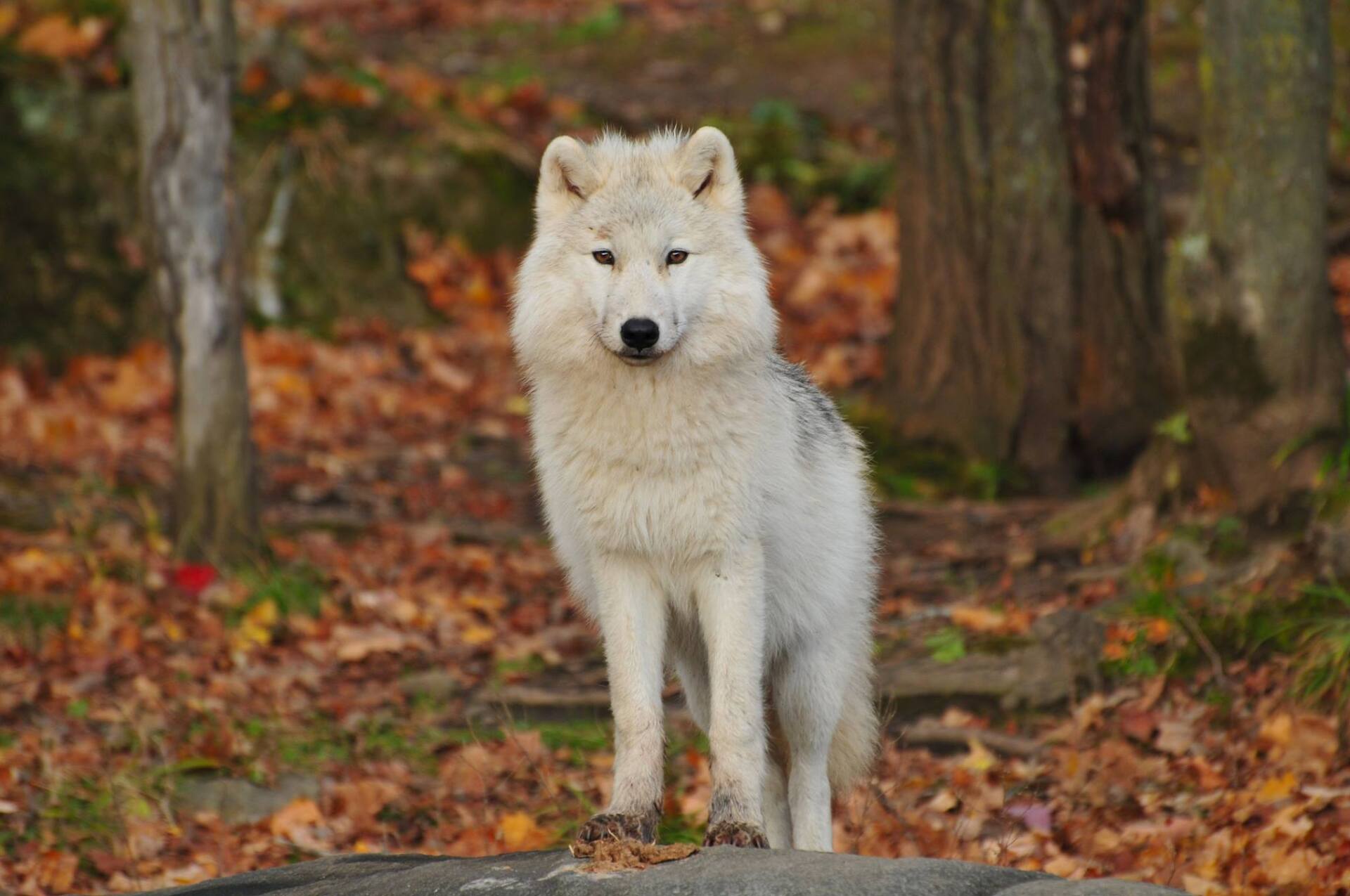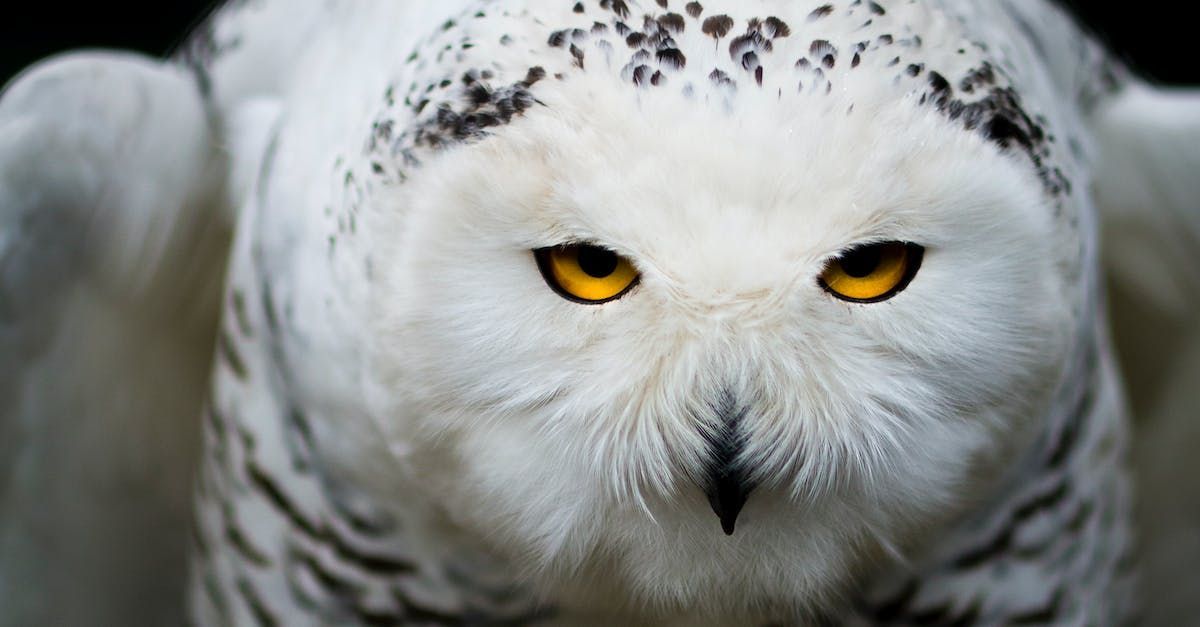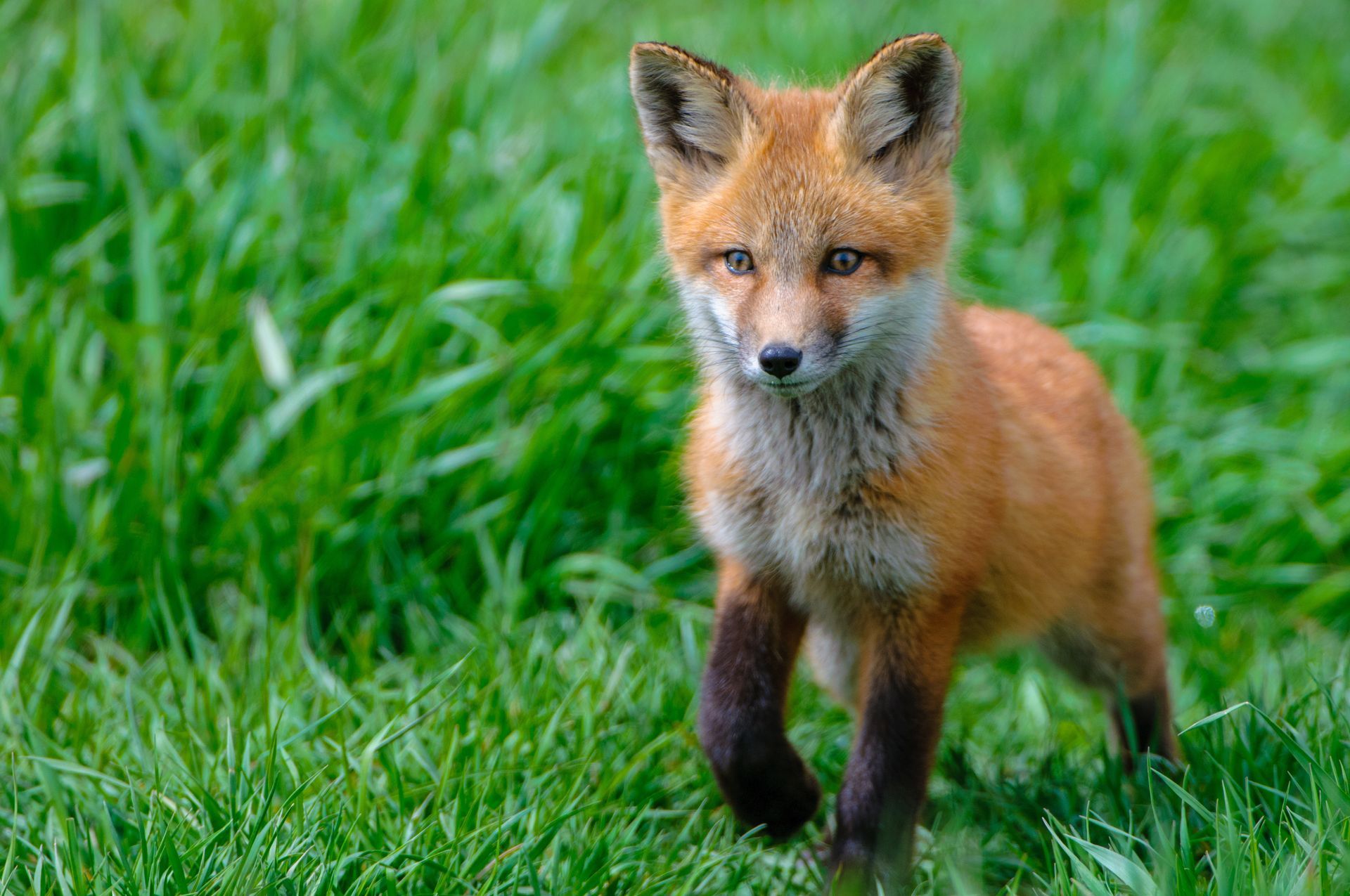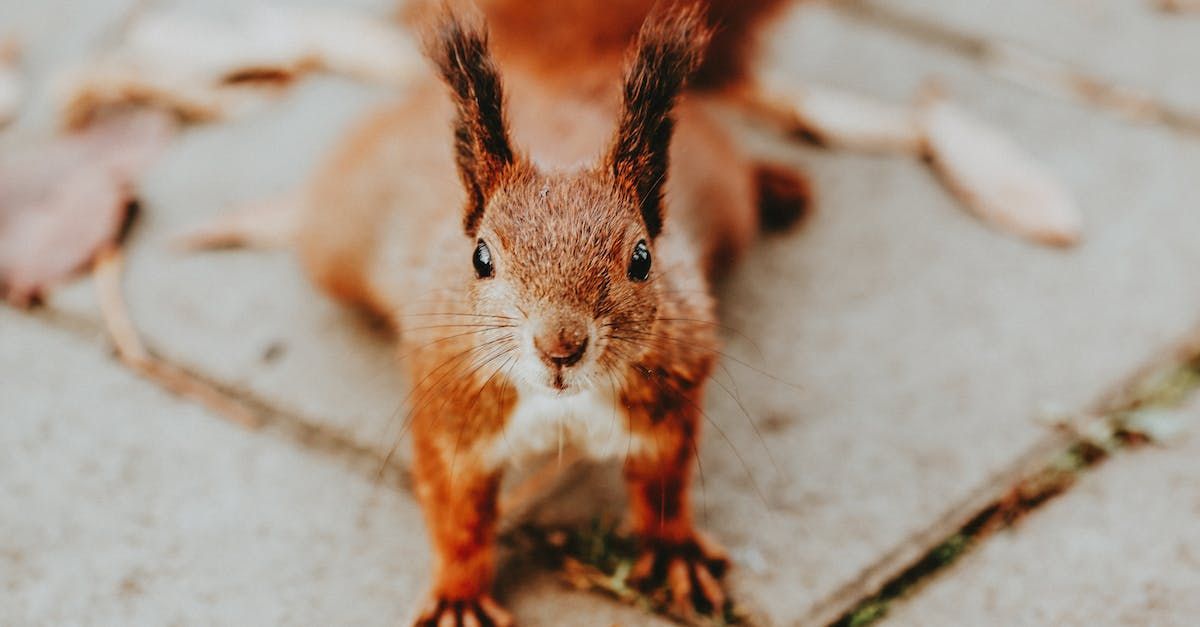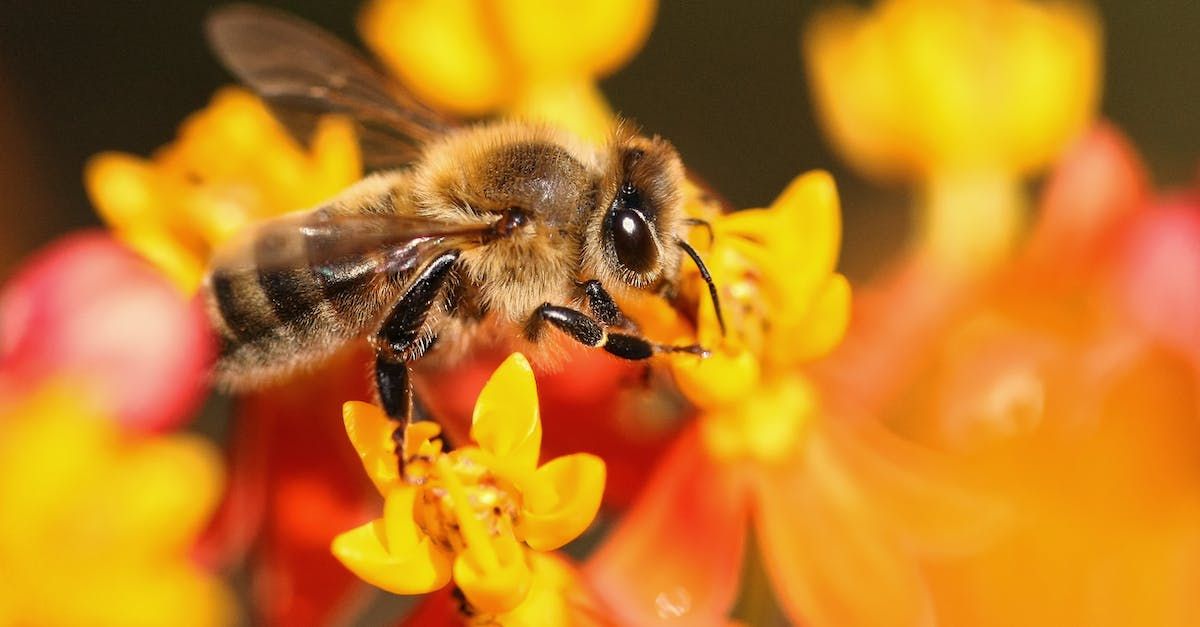A Kid’s Guide to Porcupines
Please share!
A Kid’s Guide to Porcupines
October 22, 2025
by Renée DeVincent
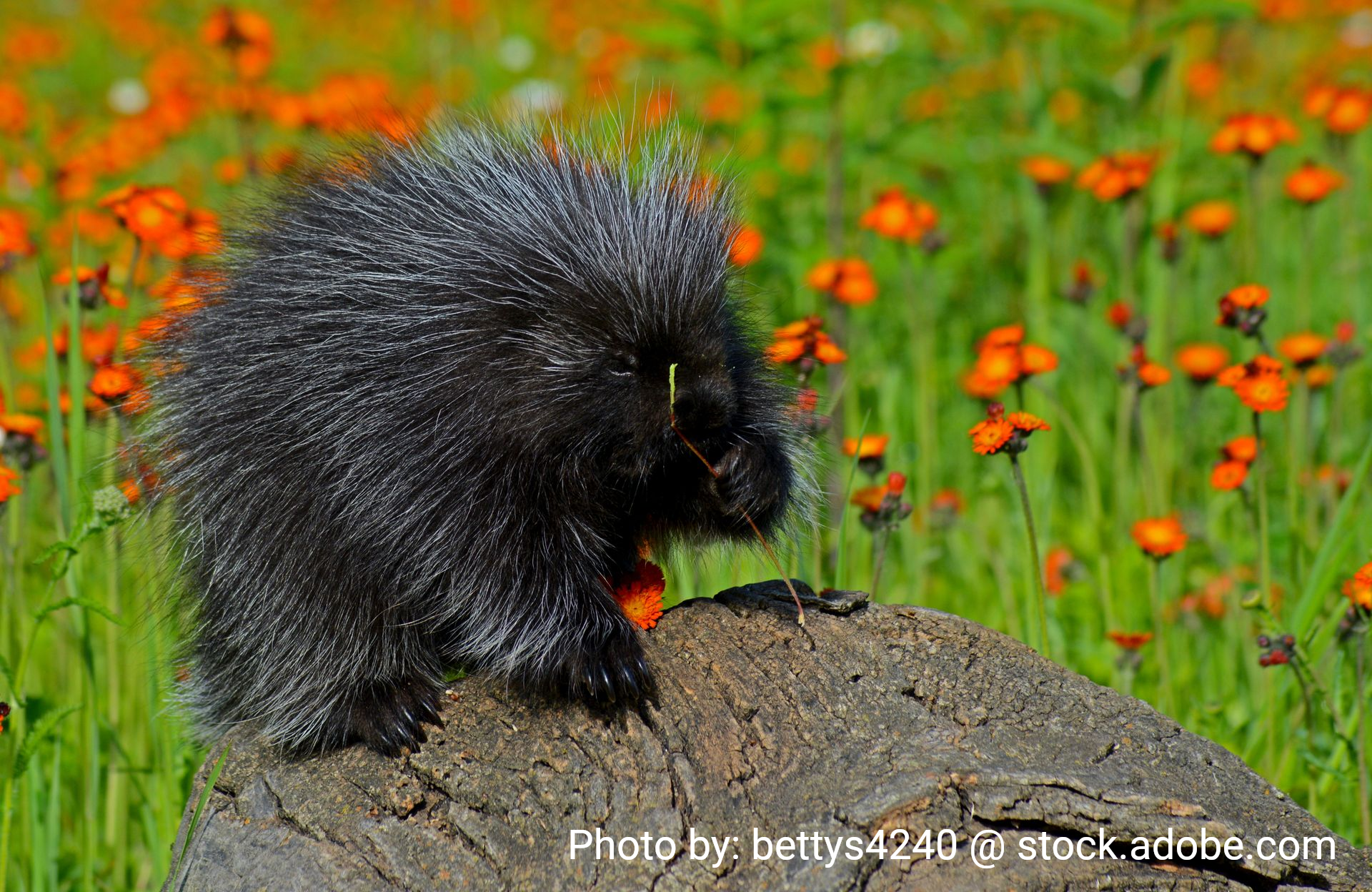
Porcupines are quiet, slow-moving mammals best known for their sharp quills, which act like built-in armor. Instead of fighting or chasing, they use their prickly protection to stay safe from predators. Let’s take a closer look at these fascinating animals.
5 Short Facts About Porcupines
- Baby porcupines are called porcupettes
- Porcupines have special muscles that make their quills stand up when they’re scared
- Porcupines can sleep in trees by wedging themselves into branches
- Porcupines are born with soft quills that harden within hours
Getting to Know the Porcupine
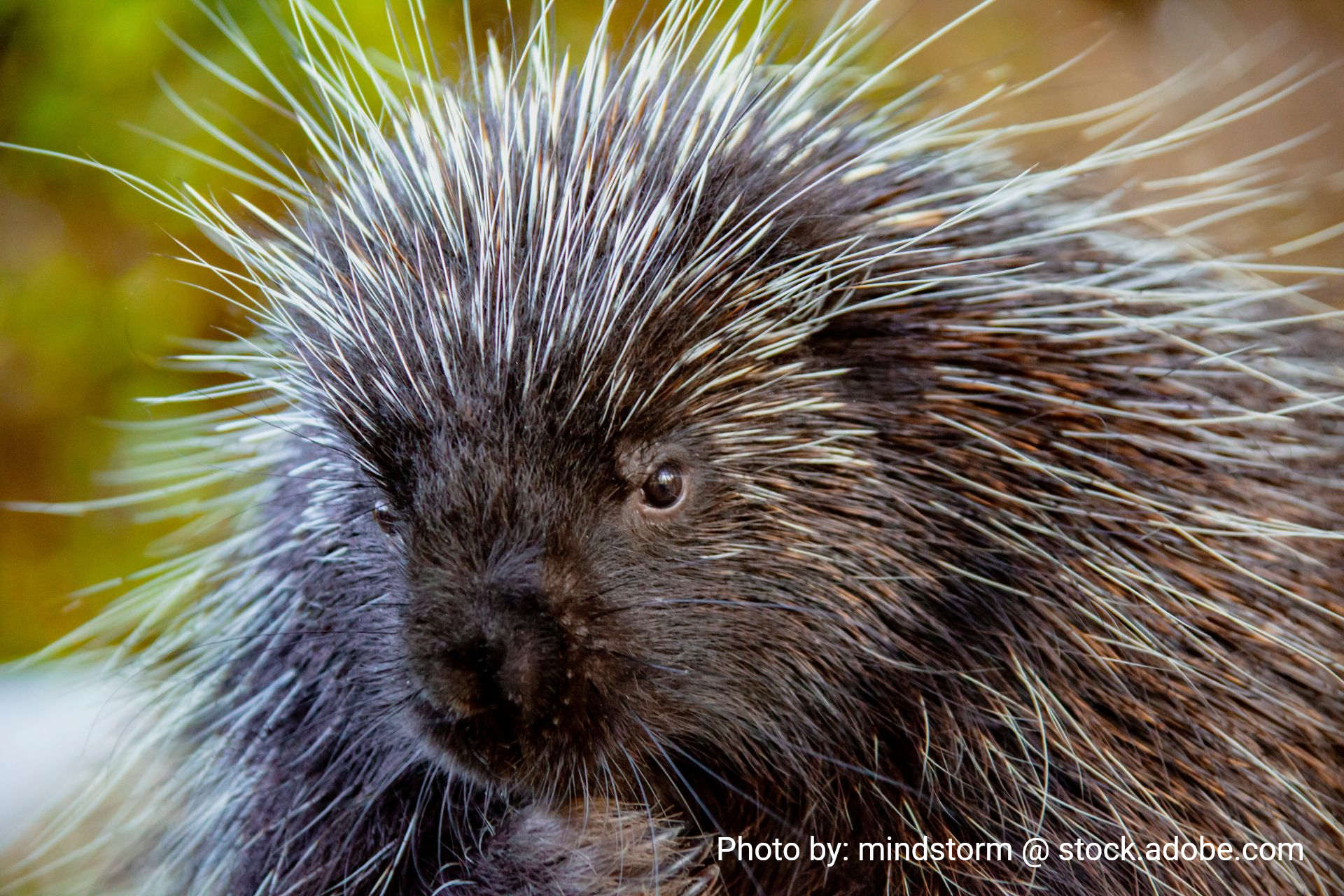
The only type of porcupine found in the United States and Canada is the North American porcupine. These large rodents belong to a family that includes more than two dozen species worldwide, living everywhere from tropical forests to mountain regions. In North America, they’re most common in northern and western forests, stretching from Alaska and Canada down through the Rocky Mountains, the Great Lakes region, and parts of the Northeast. They can also be found in some desert and mountainous areas, where they adapt to rocky cliffs and sparse trees.
What do Porcupines Eat?
Porcupines are strict vegetarians, which means they don't eat meat. In spring and summer, they enjoy fresh green plants, berries, and roots. When winter comes and food is harder to find, they eat tree bark, leaves, and evergreen needles to get them through the cold months. Their sharp teeth never stop growing, which helps them gnaw through tough wood and branches. Like other rodents, their teeth never stop growing, so the sticks and bark they chew on help file their teeth down to a healthy length.
A Day (and Night) in the Life of a Porcupine
Porcupines are covered in a mix of fur and quills—sometimes more than 30,000 of them! Quills are sharp, stiff hairs that cover a porcupine’s body and act like built-in armor, helping keep them safe from predators. Their sturdy bodies and strong claws make them excellent climbers, and they often spend hours in trees snacking. Although they move slowly on the ground, they’re sure-footed and surprisingly agile among the branches above.
Porcupines are mostly nocturnal, meaning they’re active at night. During the day, they rest in hollow logs, rocky holes, or high up in trees. Despite their prickly appearance, they’re gentle, quiet animals that prefer to be left alone. They use their quills only when they feel truly in danger.
A Prickly Start: Life as a Baby Porcupine
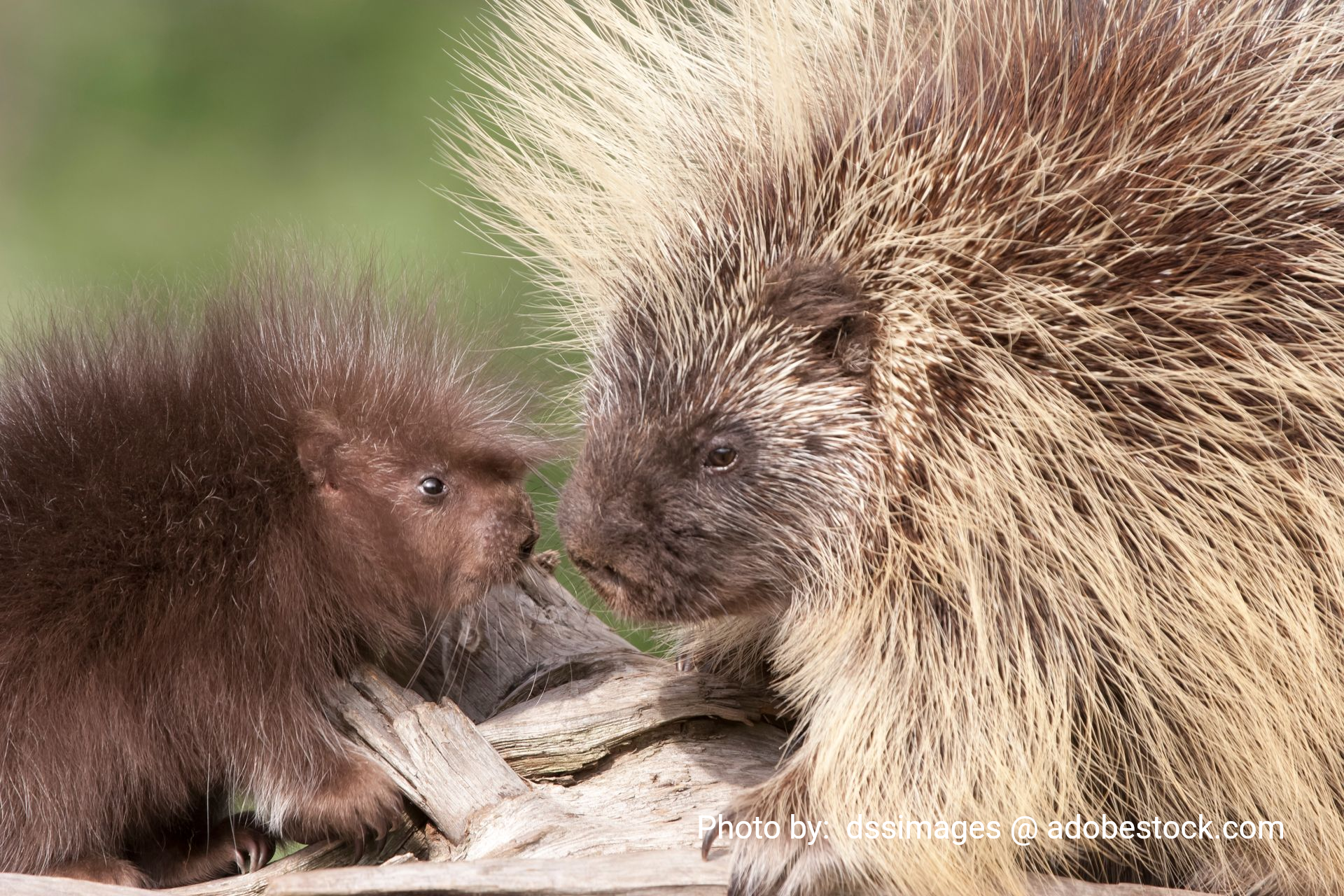
Baby porcupines are called porcupettes, and they enter the world with soft quills that harden within a few hours. Right from the start, porcupettes are able to cling to their mother’s fur and even follow her around, learning how to climb trees and find food.
Porcupettes stay close to their mother for several months, nursing and practicing the skills they’ll need to survive on their own. During this time, they gradually develop the strong, sharp quills that will help protect them from predators. By the time they’re ready to venture out on their own, they’re already expert climbers and nibblers, ready for life in the wild.
Porcupines in Your Backyard
Porcupines sometimes wander into yards looking for food or shelter, especially near wooded areas. While they’re mostly quiet, they can be destructive because they chew on young trees, shrubs, or garden plants, so gardeners may notice small branches, bark, or leaves that have been nibbled.
How to spot signs of porcupines:
- Chewed bark or twigs
- Scratch marks on tree trunks
- Small, round droppings
- Flattened patches of grass where they may have rested
Managing backyard visits:
- Protect young or vulnerable trees with wire mesh or fencing.
- Keep fruit, nuts, and pet food off the ground.
- Remove brush piles or woodpiles near gardens if you want to discourage visits.
Porcupines help our backyard environment - Porcupines are an important part of the natural world, adding balance to the ecosystems around our homes. They help by:
- Pruning trees and plants as they chew on bark, twigs, and leaves, which encourages new growth
- Returning nutrients to the soil through their droppings, supporting healthy plants and other wildlife
Porcupine Themed Family Activities (Ages 3+)
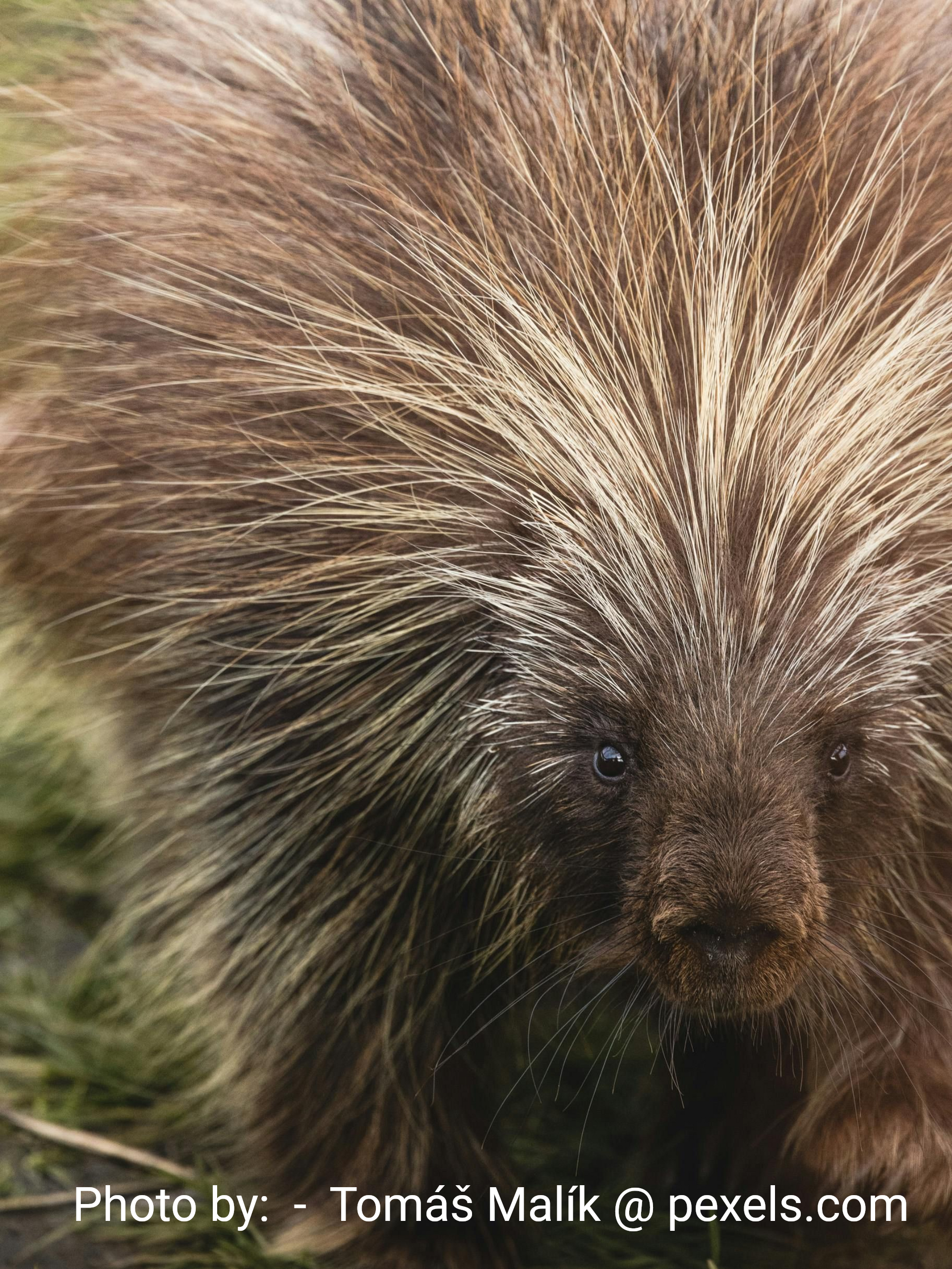
Quill Counting Game
Pretend sticks. Use "pick-up sticks", pine needles, or small twigs as porcupine quills. Scatter and hide them in a safe area, then have kids “collect” a set number to practice counting and fine-motor skills.
